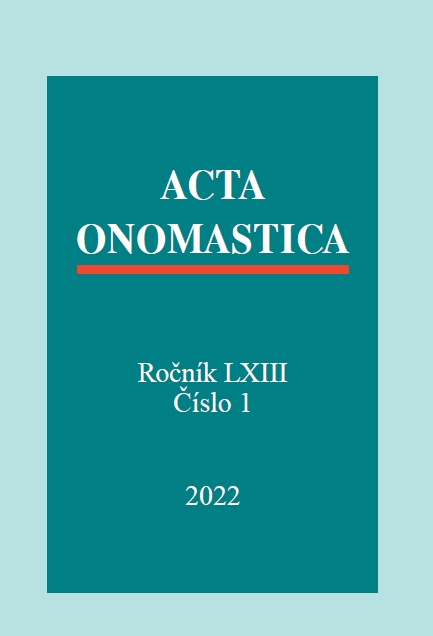Barrabáš/Barabáš/Barabbáš v českých překladech Nového zákona v 16.‒18. století
Barrabáš/Barabáš/Barabbáš in Czech New Testament translations in the 16th‒18th centuries
Author(s): Robert DittmannSubject(s): Historical Linguistics, Biblical studies, Translation Studies
Published by: AV ČR - Akademie věd České republiky - Ústav pro jazyk český
Keywords: Czech New Testaments; Early Modern Period; biblical anthroponymy
Summary/Abstract: This contribution describes the adaptation process of the anthroponym Barrabáš/Barabáš/Barabbáš in Czech versions of printed New Testament text in the Early Modern Period. Following the development in foreign sources, the Czech form changed from Barrabáš and Barabáš, inherited from the Old Czech translation tradition, to Barabbáš. The latter is the form introduced into Czech tradition by the Náměšť New Testament of 1533, it prevailed in Brethren translations from 1601 onwards and in the exile, whereas the Baroque Catholic tradition in the St. Wenceslas Bible opted for Barabáš, a form exceptional in the late pre-1620 editions.
Journal: Acta Onomastica
- Issue Year: 63/2022
- Issue No: 1
- Page Range: 82-98
- Page Count: 17
- Language: Czech

